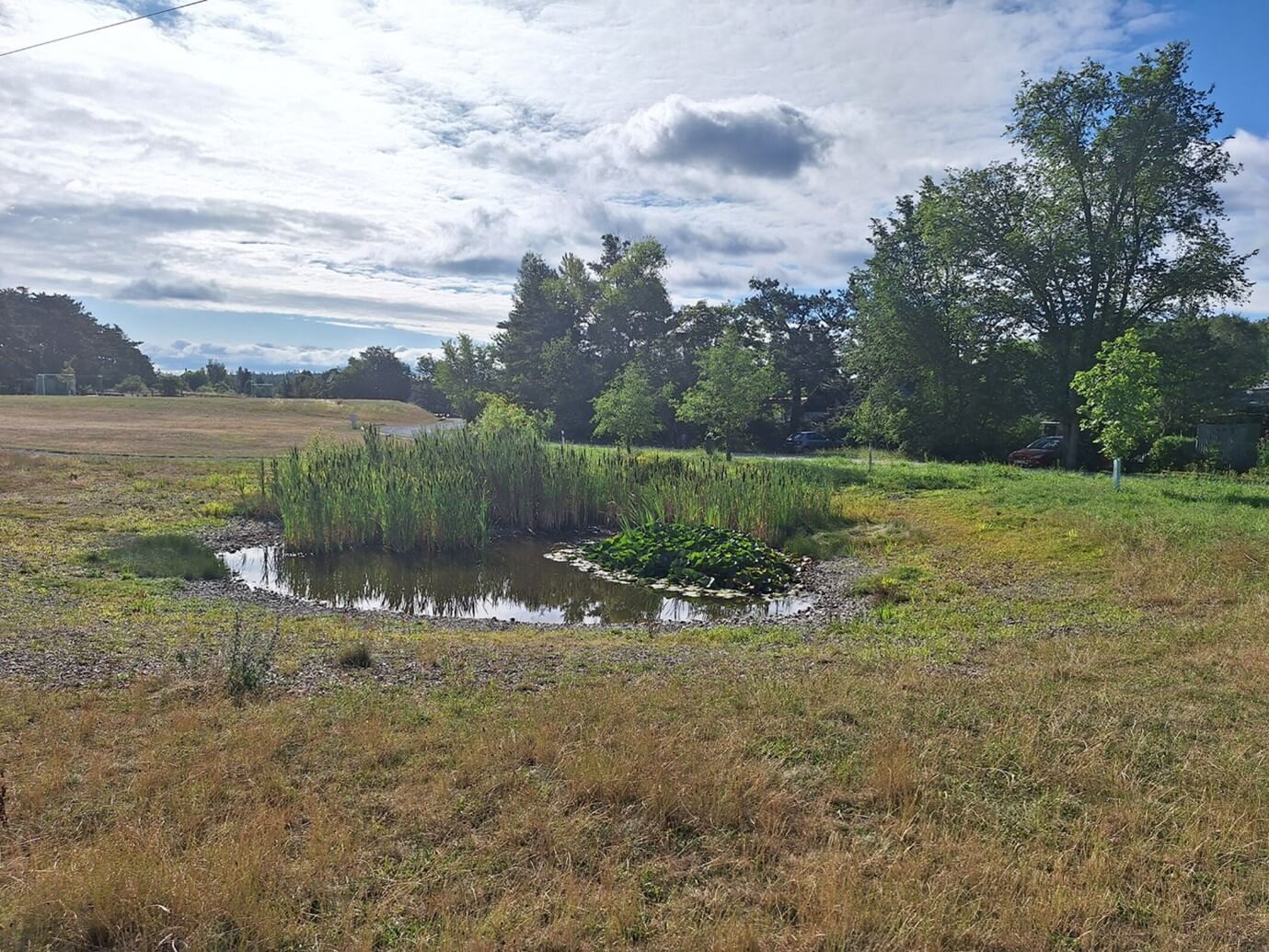
Special collection in WIREs Water
Thomas Thaler, Thomas Hartmann, and Lenka Slavikova recently published a special collection called ‘Nature-Based Solutions in Flood Risk Management’ within the academic journal WIREs Water. The special collection includes 16 different academic papers with a core focus on Nature-Based Solutions used in urban and rural flood risk management strategies. This special collection explores both the potential and the challenges of implementing Nature-Based Solutions through different case studies from various geographical regions, and incorporates a range of disciplinary perspectives, from engineering and hydrology to the social sciences. These contributions collectively address the complexities of applying Nature-Based Solutions, emphasizing the need to balance land requirements with the realities of land availability—within varying social, legal, and financial contexts—to avoid placing undue burdens on stakeholders. The tension between these competing demands remains unresolved. The collection calls for further investigation into ways to either mitigate conflicts or leverage them constructively to advance the implementation of Nature-Based Solutions in flood risk management.
The key outcomes of the different papers show that the implementation of Nature-Based Solutions leads to a wide range of conflicts of interests regarding land-use. For example, measures such as retaining water on previously drained land can limit individual landowners' ability to utilize their property for income. This shift also poses challenges for public administration, as Nature-Based Solutions interventions may impact broader decision-making processes, potentially delaying or preventing infrastructure development and the construction of residential or commercial properties. There is a wide range of potential ideas to solve these conflicts from financial compensation to the engagement of private landowners in the decision-making process. Nevertheless, the use of Nature-Based Solutions requires new ideas on how to handle these conflicts.
This article was written by LAND4CLIMATE consortium member BOKU.
Publishing date: